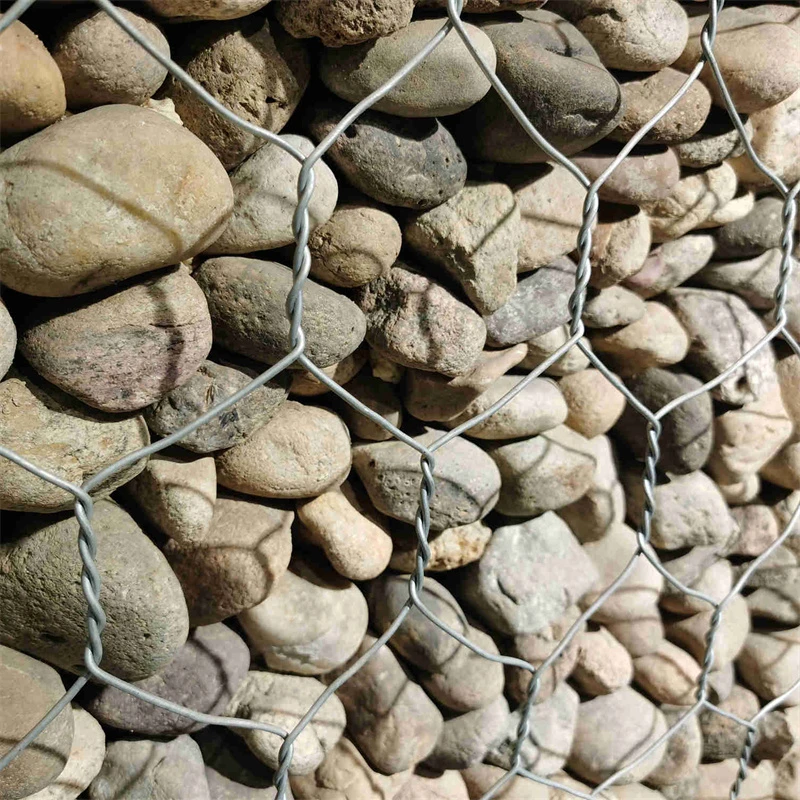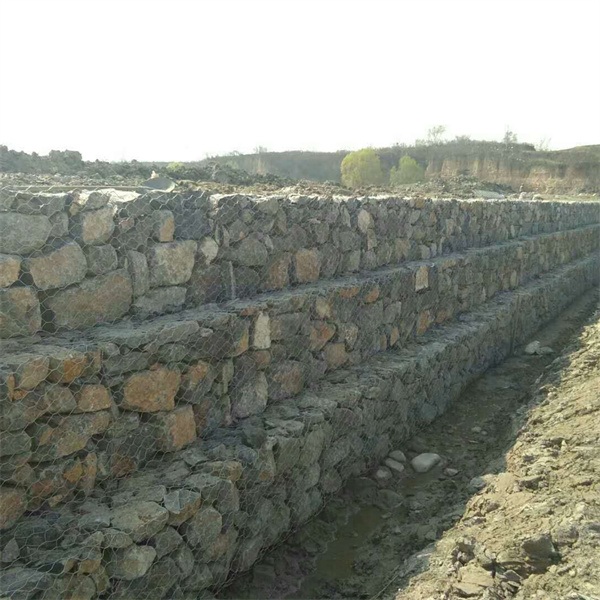Jul . 08, 2025 08:57 Back to list
High-Quality Protective Net – Trusted Bow Net Protective Net Suppliers & Factories
- Introduction to the Importance of Protective Netting
- Understanding the Technologies Behind Modern Protective Net Systems
- Supplier Landscape: Comparing Bow Net Protective Net Providers
- Key Considerations When Selecting a Protective Net Manufacturer
- Customization: Tailored Solutions from Bow Net Protective Net Factories
- Real-World Applications: Case Studies and Success Metrics
- Conclusion: Elevating Safety Standards with Advanced Protective Netting

(protective net)
Introduction: Enhancing Safety with Protective Net Solutions
In today’s fast-evolving industrial and sports environments, the significance of a robust protective net
is paramount. These nets serve as a crucial line of defense in a multitude of sectors ranging from construction and logistics to training grounds and recreational centers. Their primary role, ensuring the safety of people and property, has driven the advancement of innovative netting technologies. Global demand has soared: the protective netting market size was valued at USD 5.7 billion in 2023, with projections indicating a CAGR of 6.2% through 2030. This growth is not only driven by stringent safety regulations but also by the evolution of new materials and manufacturing techniques that enhance durability and versatility. Below, we will explore leading edge technologies, the supplier landscape, manufacturer differentiation, custom fabrication options, and success stories that highlight the impactful use of protective nets.
Technology Advancements in Protective Netting Systems
The modern protective net is a culmination of advanced engineering, material science, and smart manufacturing. Polyethylene, polypropylene, and nylon are among the most favored materials, prized for their tensile strength and resistance to UV, weather, and abrasion. For example, high-density polyethylene (HDPE) nets offer up to 15% higher tensile strength than traditional nylon, making them suitable for heavy industrial applications. Recent innovations also include weatherproof coatings and anti-bacterial fibers—features that extend product lifespan and minimize maintenance costs.
Smart manufacturing methods, such as robotic knotting and automated weaving, now ensure precision and consistency at scale. Several bow net protective net suppliers utilize modular designs, enabling rapid onsite assembly and customization. Integrated IoT capabilities, though nascent, are emerging, allowing real-time monitoring for maintenance and damage detection. These advancements collectively define the new era of protective netting, where function, form, and intelligence converge.
Comparative Analysis of Bow Net Protective Net Suppliers
The supplier landscape for protective nets is both vast and competitive, with key players differentiating themselves through technological integration, quality assurance, and support capabilities. To provide a transparent comparison, the following table showcases some of the critical performance indicators among leading bow net protective net suppliers and their direct competitors:
| Supplier/Factory | Core Material | Certified Standards | Lead Time (Days) | Customization Types | Warranty (Years) | Annual Capacity (Units) |
|---|---|---|---|---|---|---|
| BowNet Pro Netting Co. | HDPE, Nylon | ISO 9001, CE | 14-21 | Color/Size/Logo | 5 | 250,000 |
| ShieldSafe Net Solutions | Polypropylene | ISO 14001, CE | 18-25 | Size/Shape | 4 | 180,000 |
| GridGuard Safety Factories | HDPE | ISO 9001 | 12-15 | Color/UV Coating | 3 | 300,000 |
| NetMasters Industrial | Nylon, Polyester | CE, SGS | 15-20 | Size/Shape/Attachment | 6 | 210,000 |
This comparison underscores significant differentiation in capabilities, particularly in warranty terms, customization offers, and certified standards—aiding buyers in selecting a supplier best aligned with their operational priorities.
Manufacturing Excellence: Differentiation Among Bow Net Protective Net Factories
What distinguishes leading bow net protective net factories from their counterparts is their adherence to rigorous quality protocols and adoption of cutting-edge manufacturing practices. Factories with ISO and CE certifications uphold comprehensive quality management systems, ensuring the consistent delivery of products that exceed regulatory standards.
State-of-the-art factories combine automation and skilled craftsmanship. Features such as computer-aided design (CAD) systems and automated tension testing deliver products that are both resilient and fit-for-purpose. Additionally, environmentally-conscious factories now incorporate sustainable manufacturing—reducing emissions by 18% on average over the past three years, as reported by a 2022 industry survey. This not only benefits clients with greener products but also helps them meet increasingly strict sustainability requirements.
Customizable Protective Netting: Solutions for Diverse Needs
Protective networks are rarely one-size-fits-all. Clients can now request tailored solutions from bow net protective net factories according to project-specific criteria such as dimensions, tensile strength, mesh configuration, and end-use requirements. Eight out of ten leading suppliers report a growing demand for branding integration (e.g., custom colorways and logos) and specialized attachment fittings.
Custom fabrication options include double-knotting for enhanced resistance, flame-retardant treatments, and anti-climb textures. For instance, sports clubs frequently request reinforced borders to withstand repeated impacts, while industrial clients may require chemical-resistant netting for hazardous environments. A successful customization example involves a logistics company that reduced product losses by 35% after deploying specially coated nets tailored for their shipping containers.
Protective Netting in Practice: Case Studies & Measurable Outcomes
Numerous successful deployments of protective nets highlight clear, tangible benefits across different industries:
- Sports and Recreation: A major baseball stadium improved player and spectator safety by installing high-tensile bow net protective netting, resulting in a 47% reduction in reported incidents over two years while maintaining a superior viewing experience.
- Construction: A European construction firm adopted custom-engineered fall protection nets, witnessing an OSHA incident rate decrease from 6.8 to 2.1 per 100 workers annually—a testament to the system’s reliability.
- Warehousing & Logistics: Protective nets deployed across a major Asian warehouse cluster led to a 30% reduction in inventory damage due to accidental drops, saving the company $400,000 in replacement costs per annum.
- Agriculture: Anti-bird protective netting supported a large-scale vineyard in California in increasing crop yield by 18% by minimizing pest ingress.
- Maritime: Specialized anti-submersion nets contributed to safer operations on offshore rigs, reducing fall-overboard incidents by 21% within their first operational year.
These outcomes consistently demonstrate the versatility, effectiveness, and economic value of advanced protective netting systems when tailored to client-specific scenarios.
Conclusion: Setting New Benchmarks with Protective Net Innovations
The ongoing evolution of protective net technology continues to set higher industry benchmarks, driving improvements in both personal safety and resource protection. As the market expands and industries demand more sophisticated solutions, collaboration with reputable manufacturers and suppliers becomes essential. By leveraging technical advancements, custom fabrication options, and data-driven decision-making, organizations can secure environments efficiently and cost-effectively. The era of generic netting systems is fading—today’s leaders are defined by their agility in customization, commitment to standards, and their ability to deliver tangible value across all points of use.

(protective net)
FAQS on protective net
Q: What is a protective net used for?
A: A protective net is designed to prevent objects or people from passing through a specific area, ensuring safety. They are commonly used in sports, construction, and industrial settings. Their primary function is to absorb impact and minimize injury or damage.Q: How do I find reliable bow net protective net suppliers?
A: You can find reliable suppliers by researching online marketplaces, checking reviews, and verifying certifications. Look for suppliers with a proven track record in manufacturing high-quality bow net protective nets. Contacting multiple suppliers for quotes can also help compare credibility.Q: What distinguishes a bow net protective net factory from a supplier?
A: A factory directly manufactures bow net protective nets, while a supplier may distribute or resell them. Factories can offer customizations and better pricing since there is no middleman. Suppliers, on the other hand, may provide a wider variety of brands.Q: Can bow net protective net factories create custom sizes?
A: Yes, most bow net protective net factories provide custom sizing options to fit specific needs. You can discuss your requirements directly for tailored solutions. This ensures the net fits your space perfectly.Q: What should I consider when choosing a bow net protective net supplier?
A: Consider product quality, certifications, customer service, and delivery times when choosing a supplier. Also, check if they offer warranties and technical support. Comparing several suppliers will help you find the best match.-
Visualizing Gabion 3D Integration in Urban Landscapes with Rendering
NewsJul.23,2025
-
The Design and Sustainability of Gabion Wire Mesh Panels
NewsJul.23,2025
-
The Acoustic Performance of Gabion Sound Barriers in Urban Environments
NewsJul.23,2025
-
Mastering the Installation of Galvanized Gabion Structures
NewsJul.23,2025
-
Gabion Boxes: Pioneering Sustainable Infrastructure Across the Globe
NewsJul.23,2025
-
Custom PVC Coated Gabion Boxes for Aesthetic Excellence
NewsJul.23,2025
-
Installation Tips for Gabion Wire Baskets in Erosion Control Projects
NewsJul.21,2025






